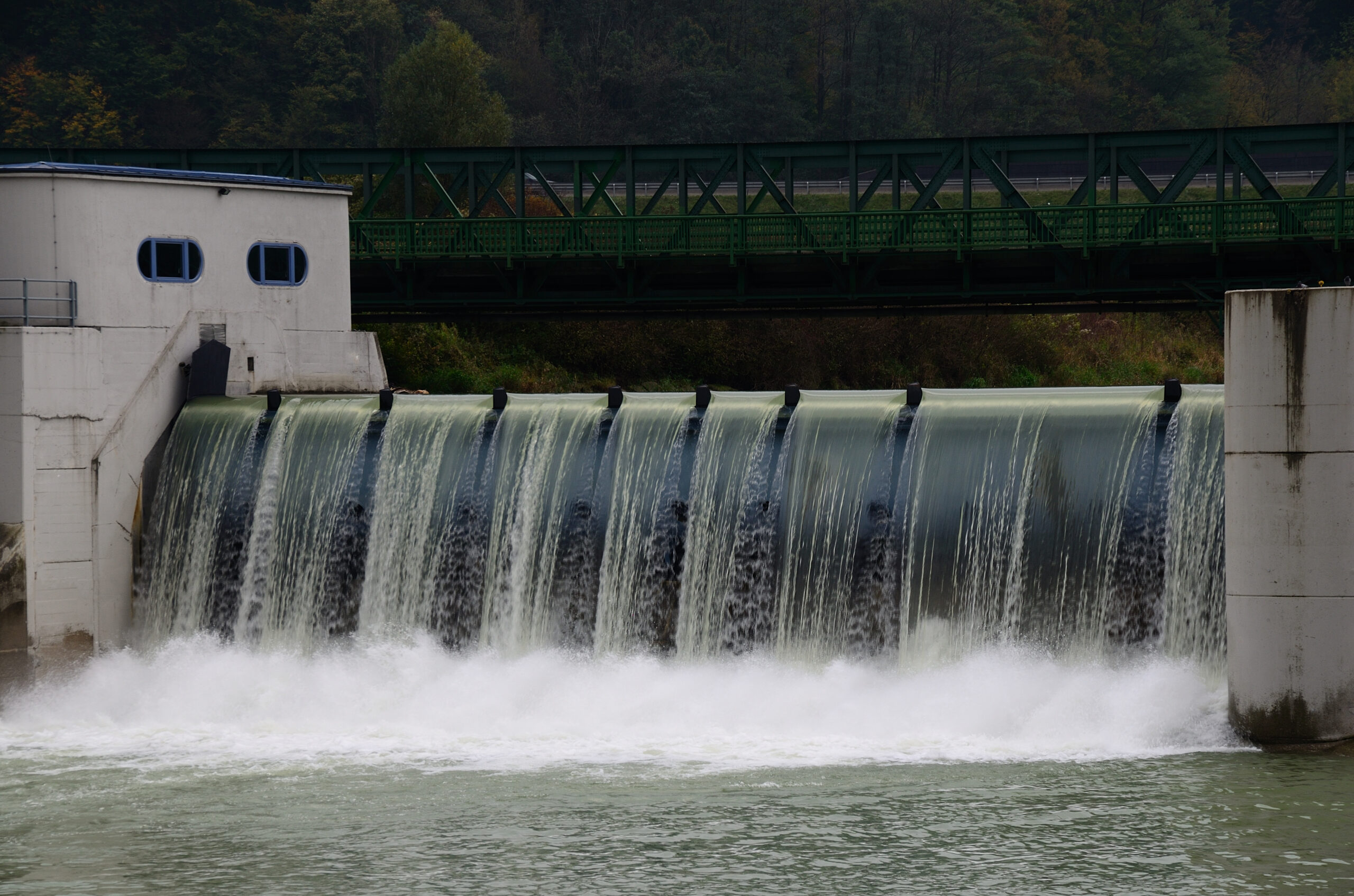Persistent load shedding is having a dire impact on farming production costs and productivity, rapidly driving up food prices, and placing even more financial pressure on strained household budgets.
Notably, reliable electricity supply is vital for pumping water, operating packing facilities, and keeping cold storage units running on farms.
Here in Weenen in KwaZulu-Natal, for example, rainfall is sparse and farmers rely heavily on field irrigation fed by nearby water sources such as the Bushman’s River. Additionally, temperatures drop as low as -4°C in the winter when we begin planting potatoes, and reach as high as 44°C in the summer. And both extremes require careful temperature and soil moisture control using irrigation to avoid poor yields.
But during periods of exceptionally high load shedding, pumps don’t run, throwing irrigation schedules into disarray and risking crops going dry.
Moreover, electricity supply interruptions affect packhouse staffs’ work schedules. Just two bouts of load shedding per day of two hours each translates to half of the workday being lost, which means that only half of the available product amounts can go to market. This in turn reduces supply, while increasing the costs of packing and the risk of produce spoiling.
The only solution for circumventing this downtime during periods of load shedding is to install a large generator that runs on expensive diesel – which also drives up costs.
Finally, load shedding poses a major threat to cold storage units, which are vital to keeping produce fresh, minimising spoilage, and safeguarding food supply.
We’ve been fortunate thus far in that cold stores have not been down long enough to incur any significant spoilage. This said, many farmers have experienced damage to cold room motors and fans in cold rooms, to the point that they had to be replaced at a significant cost. To guard against this type of damage, protection units then have to be installed to ensure that cold rooms only switch on once load shedding has ended and the electricity supply is stable.
Together, these all translate into significantly higher input costs for farmers. And when the agricultural sector’s input prices rise or productivity falls, food prices surge, and it’s the end consumer who suffers.
To demonstrate, the average household food basket soared by 14.8% or more than R600 year-on-year in July, while the food poverty line – the cost of reaching minimum nutritional requirements – had reached R624 per person.
This rise has largely been driven by fuel and fertiliser prices, but it’s important to recognise that power supply and load shedding issues have also played a role. As data from EskomSePush showed, South Africa experienced nearly 30 days’ of load shedding within the first six months of 2022 alone, or an average of one full day of darkness every six days.
In truth, most farmers can produce crops regardless of the price of input costs. But if prices rise enough and a pocket of potatoes reaches, for example, R200, no one will buy it. This will then force more farmers to leave their farms and agriculture altogether.
Ultimately, the country’s electricity woes are therefore only adding to the uncertainty surrounding the stability of our future food supply, and what looks to be persistent increases in food prices throughout this year and beyond. And the steady climb in food prices will leave many households close to or below the poverty line in dire need.
Source; PRWorx









